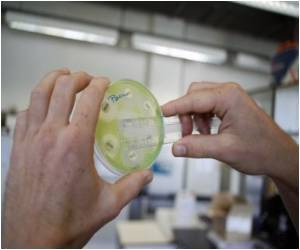Patients face an increased risk of developing catheter-associated bacteriuria (bacteria in the urine), with 30 million indwelling bladder catheters placed annually nationwide.
Patients face an increased risk of developing catheter-associated bacteriuria (bacteria in the urine), with 30 million indwelling bladder catheters placed annually nationwide. Many patients with indwelling urinary catheters acquire bacteria in the urinary tract while they are catheterized. Most previous studies assessing morbidity and mortality associated with catheter use have not separated urinary tract infection from asymptomatic bacteriuria. This has made it difficult to determine if bacteria in the urine puts patients at higher risk for bloodstream infection or death. The study is published in the November issue of
Infection Control and Hospital Epidemiology, the journal of the Society for Healthcare Epidemiology of America.
In a retrospective cohort study of 444 urine cultures from 308 patients, researchers at Baylor College of Medicine found that catheter-associated urinary tract infection, but not asymptomatic bacteriuria, was significantly associated with developing bacteremia (bacteria in the bloodstream) within 30 days but was not significantly associated with mortality. Treatment with antibiotics did not reduce the risk of developing bacteremia or change mortality rates. Overall mortality was high (21.1 percent), indicating, as expected, that hospitalized patients who require indwelling bladder catheters have many serious underlying illnesses.
"Our study findings call into question what we are accomplishing by treating with antibiotics bacteria that are found in urine in asymptomatic patients" said Barbara Trautner, MD, senior author of the study.
Fifty-two patients experienced bacteria in the bloodstream within a month after the urine culture was collected, but only three of these infections might have started in the urinary tract. In other words, only three of 444 positive urine cultures (less than 1%) might have led to bloodstream infection. Giving antimicrobial agents specifically to treat bacteria found in the urine did not decrease the risk of bloodstream infection or death. In spite of that, nearly 90 percent of patients (277 of 308 patients) received some antimicrobial agent for some reason, not necessarily to treat the urine, between 7 days before to 30 days after obtaining the urine culture.
Source-Eurekalert











